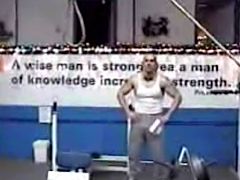 MMA athlete Mike Bruce, a man who is already well known for demonstrating extraordinary neck strength in his workouts (such as seated neck extensions with plates totalling his bodyweight), performs a strongman feat not seen for over 20 years (bodybuilder-turned-strongman Mike Dayton was also famous for this feat). There is a very good reason for this, as you'll see in the video [streaming, 9.8mb .flv download].
MMA athlete Mike Bruce, a man who is already well known for demonstrating extraordinary neck strength in his workouts (such as seated neck extensions with plates totalling his bodyweight), performs a strongman feat not seen for over 20 years (bodybuilder-turned-strongman Mike Dayton was also famous for this feat). There is a very good reason for this, as you'll see in the video [streaming, 9.8mb .flv download].
Whatever you do, don't try this one. Seriously.

 The world of sleep research is one which never, well, sleeps. Here are just a few of the sleep-related things I've noticed recently :
The world of sleep research is one which never, well, sleeps. Here are just a few of the sleep-related things I've noticed recently :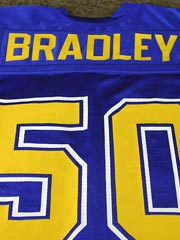 There's an
There's an  There's an
There's an 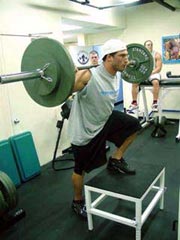
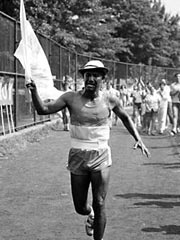
 In the 1920s - particularly in the US - weight training began gaining favour with the public at large, and the Step-up began finding itself in various books and magazines. However, the back squat gradually started to dominate (largely due to the efforts of the German
In the 1920s - particularly in the US - weight training began gaining favour with the public at large, and the Step-up began finding itself in various books and magazines. However, the back squat gradually started to dominate (largely due to the efforts of the German  Former East Bengalese marathon runner
Former East Bengalese marathon runner 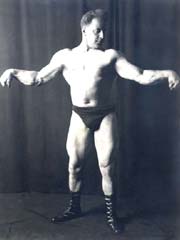 The chance discovery of an anvil today (together with a coil of rope and a few hefty logs - perfect) reminded me of
The chance discovery of an anvil today (together with a coil of rope and a few hefty logs - perfect) reminded me of  The chance discovery of an anvil today (together with a coil of rope and a few hefty logs - perfect) reminded me of
The chance discovery of an anvil today (together with a coil of rope and a few hefty logs - perfect) reminded me of 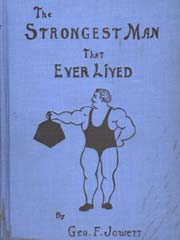 Christian Thibaudeu laments the serious attention paid to shoulder development by bodybuilders in previous decades, and resurrects several great exercises - including a superb creation from the
Christian Thibaudeu laments the serious attention paid to shoulder development by bodybuilders in previous decades, and resurrects several great exercises - including a superb creation from the 